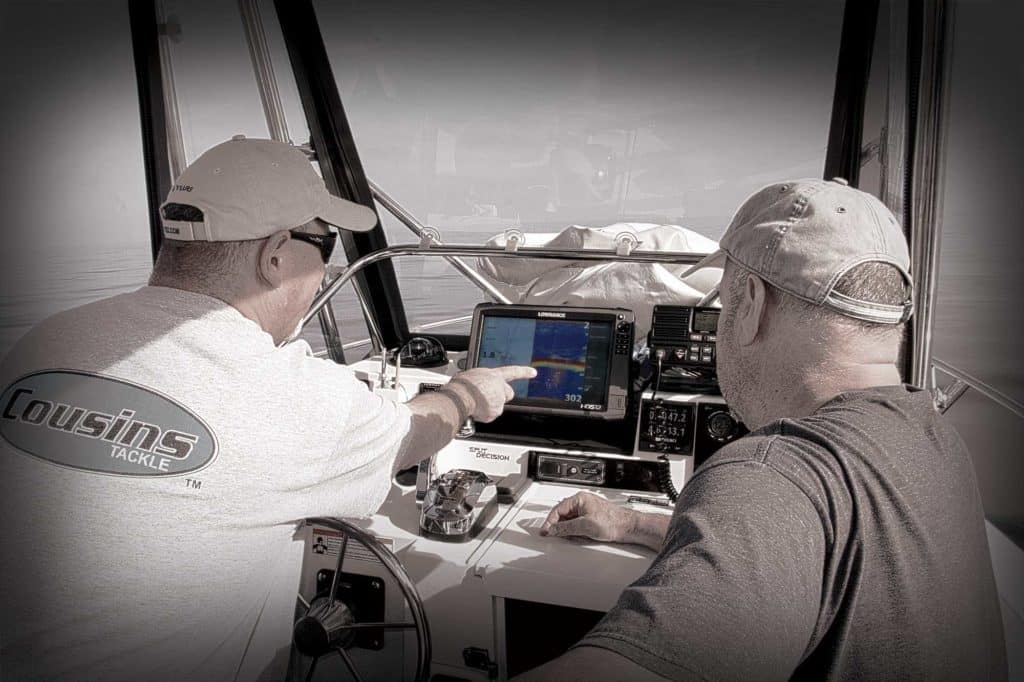
A saying goes: “Give a man a fish, you feed him for day. Teach a man to fish, and you feed him for life.” T h e same principle holds when it comes to a captain teaching crew-members to use marine electronics, except the captain can also benefit from the effort.
Consider this real-life example. Garmin’s Ken Cirillo was visiting me last spring in California from his home in Massachusetts when we decided to go fishing off Santa Catalina Island. On the cruise back to Long Beach, dense fog closed in about halfway home. This occurred in an area where commercial shipping lanes converge to funnel traffic in and out of the United States’ largest port.
I slowed the boat and fired up the radar. Cirillo volunteered to serve as the electronics operator. “Sounds like a good plan,” I said. The marine electronics exec’s previous experience as operations officer aboard a NOAA research vessel in Alaska more than qualified him for the task. As the display filled with radar returns and AIS targets, Cirillo approached his task in earnest, calling out relative bearings, speeds, closest point of approach (CPA), and time to CPA of possible threats. He also suggested course alterations to avoid hazards. As a result, I was able to pilot the boat with fewer distractions and greater safety.
Cirillo’s assistance solidified my idea of teaching my regular fishing buddies — mostly my three sons — how to be proficient with the electronics. We began to review the operation of everything, from the chart plotter, fish finder and AIS, to the autopilot, radar and VHF radio, until each crewmember could run the electronics.
This paid off when fog once again socked in the Catalina Channel, except this time it was at night and we had the entire passage ahead of us. Just as with Cirillo, my middle son, Joshua, monitored the electronics, calling out radar returns and AIS targets. Thanks to the training, we were better able to navigate safely and confidently back to Long Beach, despite the gloomy zero visibility.
Teach your crew how to use the electronics, and it will make them better seamen and help you immensely when darkness descends and fog blankets the water.









